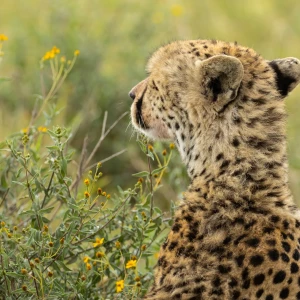


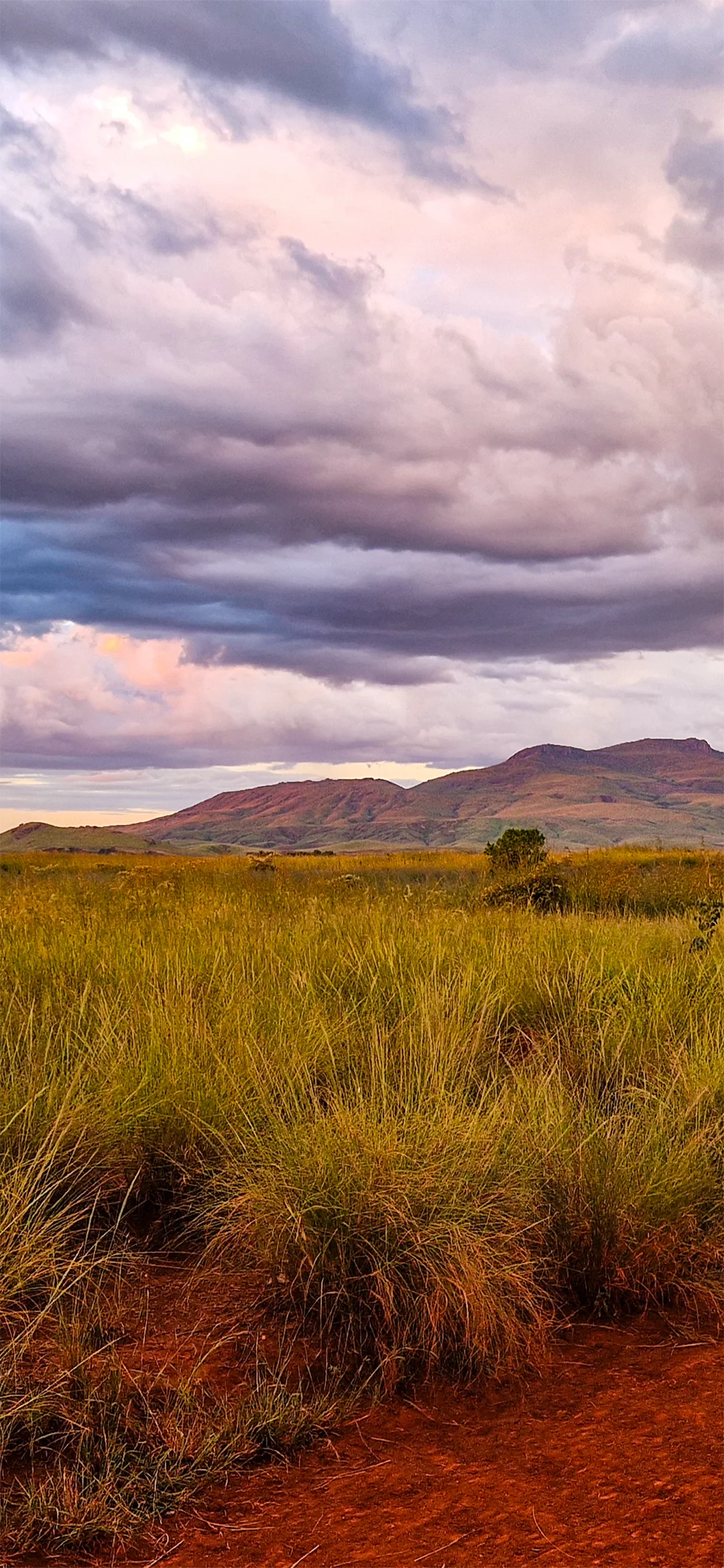
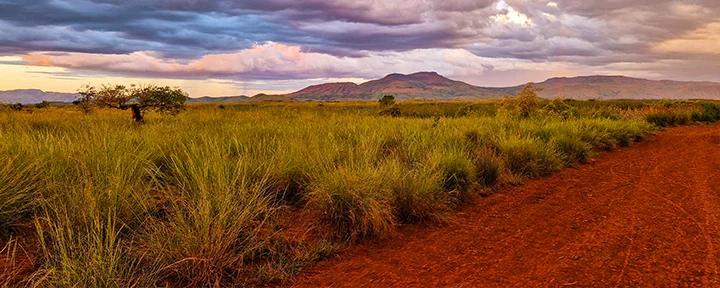

Discover the very best of Madagascar. Prepare yourself for unique wildlife and breathtaking landscapes – from singing lemurs and colourful chameleons to lush rainforests and the sun setting behind majestic baobab trees.
Like pearls on a string, unforgettable experiences await you – the kind that will give you goosebumps with wonder, excitement, and awe.
There really is nowhere else on earth quite like Madagascar.
It feels as though all the world’s continents have come together in one country. 90% of the island’s wildlife is found nowhere else, and Madagascar is the only natural home for every species of lemur on the planet.
For some, the highlight of Madagascar might be the haunting calls of the indri lemurs in Andasibe National Park, while for others, it’s the stunningly beautiful landscapes of Isalo.
Perhaps it’s the sight of the rare golden bamboo lemur in Ranomafana National Park that will forever define Madagascar for you, or maybe it will be the sunset behind the majestic baobab trees near Morondava.
Flora, fauna, culture, and history; Madagascar has it all. It’s all brought together by a friendly people, delicious cuisine, and an abundance of local charm.
This truly is the best of Madagascar!
Today, your tour will begin with departure from your selected airport, with connecting flight(s) along the way. Your journey will take you to the spectacular island of Madagascar, the great red island in the Indian Ocean.
Upon arrival in Madagascar, you’ll be greeted by our local partner, who will assist you with exchanging currency. Should you wish to purchase a local SIM card, this can also be arranged at the airport.
You will then be transferred to your hotel. You’ll spend one night in the capital, Antananarivo, before your adventure begins tomorrow.
After breakfast, you’ll be picked up from your hotel, and soon afterwards you’ll leave ‘Tana’ – as Antananarivo is often called. Your journey takes you eastwards across Madagascar to the stunning Andasibe-Mantadia National Park.
On the way, there’s a stop at a small reserve where you’ll have the chance to encounter several different species of chameleon.
After a few hours’ drive through a rolling landscape shaped by rice paddies, the scenery begins to change. The hills rise higher and the forests become denser. From time to time, you’ll catch a glimpse of the river meandering along the bottom of the valley.
Arriving at Andasibe-Mantadia National Park in the late afternoon, you’ll check in at your hotel, which will be your base for the next two nights.
The foundations for the national park were laid in 1970, when the French established the Analamazoatra Special Reserve to protect the forest and its remarkable biodiversity. In 1989, Mantadia National Park was created alongside it, and together these two areas now make up what is known as Andasibe-Mantadia National Park.
The remainder of the day is yours to enjoy at leisure, giving you time to soak up the magnificent natural surroundings of your lodge.
It’s said to be good luck to get close to the indri – the largest of Madagascar’s lemur species. This morning, you’ll set off in search of good fortune!
Together with a local guide, you’ll head out on a walk through the national park to look for the indri lemur.
Indris cannot survive in captivity, so the only way to ensure their survival is by protecting their natural habitat – something you directly support with your visit. The entrance fee contributes to guides, reforestation and other vital initiatives. Your very presence encourages the continued protection and expansion of the park.
You’ll probably hear the indris before you see them. Their call can be heard up to 5 kilometres away, and the sound is both piercing and unique. It’s hard not to get goosebumps when their song begins, echoing through the early morning air – as if, with their powerful voices, they’re making sure that all is as it should be after the darkness of the night.
Often, as well as the guide, a ‘spotter’ will dash ahead to locate the indri families so that you can follow and find them more easily. Sometimes, to get a closer look, you’ll need to make your way through the forest. Indris usually perch high up in the treetops, where they settle for the night. It’s worth bringing binoculars to help you watch their furry arms grasp branches and trunks with hands almost reminiscent of our own.
As with all wildlife encounters, sightings are never guaranteed, but Andasibe is one of the very best places in Madagascar to see indri lemurs.
The national park is also home to plenty of other wildlife. With a bit of luck, you might spot bamboo lemurs, sifaka lemurs, brown lemurs, chameleons, and a vibrant variety of birdlife.
Around midday, you’ll return to the lodge for lunch. The afternoon is yours to unwind – perhaps you’d like to take a short stroll in the surrounding forest.
At sunset, you’ll head back into the national park with your local guide, this time to search for nocturnal animals. Especially on the lookout are the mouse lemurs. Tiny – about the size of a small mouse – they dart nimbly between the branches like little squirrels. It’s no wonder one of the species, Goodman’s mouse lemur, wasn’t discovered until 2005! Keep your eyes peeled for stick insects, frogs, and chameleons too.
Back at the lodge, dinner will be waiting for you before you settle in for a good night’s sleep.
After breakfast, you’ll say farewell to Andasibe and head back towards Tana. Once you arrive in Madagascar’s capital, you’ll enjoy lunch before setting off on an afternoon sightseeing tour.
Tana is nestled in Madagascar’s central highlands, home to the Merina people. Although Madagascar is now a republic, it boasts a long legacy of kings and queens, with Tana having served as the heart of this royal history for centuries.
The city was founded in the early 17th century by the Merina king, Andrianjaka, who ousted a rival ethnic group and laid the foundations of his kingdom. At that time, the city was known as Analamanga, but by the end of the 17th century, it was renamed Antananarivo.
In 1787, King Andrianampoinimerina of the Merina people cleverly united the entire island under his rule through astute alliances and political manoeuvring, becoming Madagascar’s first monarch. Yet, it’s the queens who have truly left their mark on the nation’s story, which is why you’ll be visiting the Queen’s Palace, not the King’s, this afternoon.
The most famous of Madagascar’s queens is Ranavalona I, who reigned from 1828 to 1861. She’s known as the Mad Queen – and you’re sure to hear some fascinating tales about her on your palace tour! You’ll also encounter the history of Madagascar’s last queen, Ranavalona III, who was exiled when the French invaded and colonised Madagascar towards the end of the 19th century.
Although the palace was destroyed by fire a few years ago, it has since been rebuilt, and the guided tour now offers captivating insights into the history of Madagascar.
As tradition dictates, the palace is, of course, perched atop the city’s highest hill, offering breathtaking panoramic views over Tana – it’s simply spectacular.
Mura Mura is a phrase you’ll quickly become familiar with when travelling in Madagascar. Roughly translated, it means “just take it easy”, and in many places that’s exactly how life is lived. That doesn’t necessarily mean everything moves slowly – it just means things happen at their own pace.
That’s very much the case with road trips in Madagascar, and you’re sure to experience this over the coming days.
The roads vary in quality, and even along the best stretches, an old Mercedes Benz lorry from the French colonial era will regularly break down, or an ox cart might slow the traffic. For those of us used to motorways and life in the fast lane, it can be a little frustrating. But if you surrender to the beauty of the landscapes, the locals you meet, and the diverse array of houses dotted across the countryside, the next several days will feel like a journey through the four corners of the globe.
It’s as if all the world’s countries have somehow left their mark on Madagascar – though, with the remarkable exception that around 90% of the island’s wildlife can’t be found anywhere else on earth.
You’ll catch glimpses of Bali and India, here and there meeting with Africa, melted together with touches of Costa Rica and Australia. The scenery is stunning and ever-changing.
Today, you’ll mainly travel through the central highlands, where rice paddies and beautiful terraced fields dominate the landscape. Glance down into the valley floors and you’ll see that even the tiniest patch has been transformed into a rice paddy, with cleverly dug irrigation channels bringing in all-important water. It’s often said that the Malagasy people are among the world’s largest consumers of rice – eaten every single day. And you’ll soon discover there’s much more to rice here than meets the eye; in fact, it’s a science in itself.
Zebu cattle are a common sight everywhere you go. They resemble the distinctive Indian cows with a fatty hump on their necks, but unlike in India, zebu aren’t considered sacred in Madagascar. In fact, they’re widely eaten here – and taste delicious.
Your final destination today is Ambositra. The drive takes approximately 7–8 hours, depending on traffic. You’ll stop for lunch en route, and you can always ask your driver to make a stop for a leg stretch or to take photos whenever you wish.
Ambositra is famous for its woodcarving traditions, with small workshops and shops lined up along the main street – ready to demonstrate their craft and offer items for sale. If you have time, we highly recommend a stroll through town.
You’ll spend one night in Ambositra.
Today brings another long drive. Remember, you can always ask your driver-guide to stop at a service station with a well-stocked shop if you fancy topping up on snacks before leaning back and enjoying the scenery.
There’s a truly scenic day ahead. As you journey south, the landscape shifts dramatically. Well-tended rice terraces gradually give way to wild, untamed terrain with stunning rock formations.
Your first “checkpoint” today is the town of Fianarantsoa, located just over four hours’ drive south of Ambositra. After another hour and a half on the road, you’ll arrive in Ambalavao, where your first attraction of the day awaits. Here, you’ll visit the Anja Reserve, a nature reserve that’s a fantastic spot to see ring-tailed lemurs.
Anja Reserve is a small but fascinating project, jointly managed by several neighbouring villages to protect the area. Entry to the reserve is only permitted with a local guide. Proceeds from visitors are shared among the villages and help fund schooling, mosquito nets, tree planting, as well as the preservation and expansion of the reserve itself. Despite its modest size, Anja Reserve is home to the highest concentration of ring-tailed lemurs in all of Madagascar, giving you a great chance to see these beautiful animals up close.
Afterwards, your journey continues southwest, and the landscape once again changes character. You’ll pass through the mountains and eventually reach the town of Ihosy, a drive of around two hours. You are now on the Horombe Plateau, the heartland of the Bara people.
The Bara are a cattle-herding people, known—like the Maasai in East Africa—as semi-nomads. Their pride and joy is their herd of zebu cattle. Such is the tradition that a young man wishing to marry must first steal a zebu as a kind of rite of passage and present it to his future in-laws.
From Ihosy, it’s just over an hour’s drive to today’s final destination: Ranohira. Here, you’ll travel through steppe-like grasslands where the long grass is knee-high and Bara cattle graze. The scenery is reminiscent of the East African savannah.
As the grassy plains gradually give way to a dramatic lunar-like landscape, with impressive sandstone cliffs, you’ll know you’ve arrived in Isalo National Park.
You’ll be staying here for the next two nights. If the weather is kind, you’ll be treated this evening to a magical sunset over Isalo.
Isalo is truly one of the world’s most breathtaking places. The flora and fauna are nothing short of remarkable, and it’s no wonder that this is the most famous national park in Madagascar.
The park covers 800 km2 and is home to six different species of lemur, including the well-known ring-tailed and sifaka lemurs. In addition, you’ll find more than 100 species of birds and a whole host of reptiles and amphibians, such as lizards and frogs. The landscape is striking and full of contrasts – from rugged sandstone formations and deep gorges to oases with lush, palm-fringed pools and flat, open plains. Isalo also holds great cultural significance for the Bara people, who lay their loved ones to rest in caves perched high in the cliffs.
Today is dedicated to exploring the national park.
There are several hiking routes of varying lengths, and together with your guide, you can choose the one that suits you best. You’ll need to be reasonably fit to trek in Isalo. The trails are fairly well maintained, but they rise and fall and can be narrow in places. On the bright side, you can cool off in one of the park’s beautiful natural pools, and you’ll be rewarded with some of the most spectacular natural scenery imaginable.
After breakfast, it’s time to bid farewell to Isalo and set off northwards once again. You’ll travel through the city of Fianarantsoa, where you’ll stop to visit a local silk factory. You’ll also have the chance to explore Madagascar’s only tea plantation before continuing onwards to Ranomafana.
The drive from Fianarantsoa to your hotel in Ranomafana National Park takes a little over 1½ hours.
You’ll be spending two nights in the park, with the rest of the afternoon at leisure—perfect for unwinding and becoming accustomed to the humid rainforest climate.
Travelling from the parched landscape in and around Isalo to the lush rainforest of Ranomafana is an unmistakable contrast. Moss carpets the trees, ferns grow taller than people, and water trickles everywhere—spilling down rock faces and onto paths that swiftly turn muddy underfoot.
Ranomafana is part of the Atsinanana Rainforest, which is featured on the UNESCO world heritage list, so it’s no wonder the biodiversity here is outstanding: 12 species of lemur, over 100 species of bird, chameleons, frogs, butterflies, and rare orchids can all be found here.
Your day begins with a guided hike through the national park. As in Andasibe, you’ll be joined by a local guide and a dedicated ‘spotter’—someone who goes ahead spotting lemurs for you. The star of today’s search is the rare golden bamboo lemur. Astonishingly, it was only discovered in 1986, despite the fact that it stands almost half a metre tall! The discovery of this endangered species was in fact the very reason Ranomafana was declared a national park—a crucial step in protecting its future.
The walk itself doesn’t require a high level of fitness, as the terrain is generally gentle, though the paths can become muddy in the damp climate and sometimes you will need to push through undergrowth to reach the trees where the lemurs perch. But the effort is quickly forgotten when you come across these small, furry creatures contentedly nibbling on their bamboo shoots.
Along the way, there’s every chance you’ll spot chameleons, frogs, birds, and a whole host of fascinating wildlife and plant life.
Later in the morning, you’ll return to your hotel for lunch and some time to relax.
This afternoon offers another special experience: the natural hot springs after which Ranomafana is named. ‘Ranomafana’ literally translates as ‘hot water’, and the area is famous for its soothing, natural springs—reputed to have healing properties, but at the very least perfect for unwinding at the end of an adventure-filled day.
This morning, you’ll leave Ranomafana and head north to your next destination, the charming town of Antsirabe. Depending on traffic and road conditions, the journey takes around 4 to 5 hours, so you’ll arrive in Antsirabe in time for lunch.
After lunch, you’ll set off on a rickshaw tour around the town, taking in some of Antsirabe’s main attractions and admiring its grand colonial-era architecture. The town was founded by Norwegian missionaries in the late 19th century, who taught the local community how to make bricks. This knowledge was later taken advantage of by the French during the colonial period, when several prominent buildings were constructed, including hotels, a post office, a cathedral, and the town’s striking railway station. You’ll also visit several local craft workshops and shops, where you’ll discover, for example, how an old washing machine motor has been ingeniously transformed into a tool for polishing spoons and jewellery made from zebu horn.
Enjoy dinner at your hotel, where you’ll spend the night in Antsirabe.
After a couple of days spent hiking – and with fewer hours in the vehicle – today you’ll be facing a long drive. It’s an early start as the road ahead takes you all the way to Morondava. We’ve chosen to make this a long travel day to get you to the next attractions as quickly as possible. Don’t worry – you’ll be retracing this route on the return journey, but next time the journey will be broken up over two days, which is something to look forward to.
While today is certainly a long one, the scenery is absolutely stunning!
From Antsirabe, your journey heads due west, winding through small villages and the most breathtaking, undulating countryside. After the rains, the hills are lush and green, and in places could almost remind you of the landscape in Ireland. As the dry season sets in, the grass turns golden and the hills take on a warm, tawny hue. There’s no rush today, as the road conditions are rarely ideal – but that gives you even more time to soak up the views, and the vehicle is built to handle the ride.
Roughly halfway from Antsirabe to Morondava lies the little town of Miandrivazo. Its name means “waiting for the princess”, and there’s a charming tale behind how the town got its name. Ask your guide if they know the story – perhaps they’ll share it with you. You’ll stop in Miandrivazo for lunch before continuing on your way.
Shortly after Miandrivazo, you’ll encounter the great Tsiribihina River. This river is one of the most important waterways in western Madagascar, playing a crucial role for both the local communities and the surrounding flora and fauna.
The hills gradually give way to flatter landscapes, and rice paddies reappear. When you catch your first glimpse of the iconic baobab trees, you’ll know Morondava isn’t far away. You’ll enjoy three nights in Morondava.
After yesterday’s long day, you’re probably feeling a little weary, so today we’ve set aside a day for you to simply unwind. Sleep in, savour your breakfast, take a stroll along the beach, and enjoy the fact that the longest drive of the tour is now behind you.
Morondava is famous for its wide sandy beach; however, despite the pristine white sand, it isn’t your typical destination for a beach holiday. The water is often murky due to the many river estuaries around the town, and the mud deposited on the seabed means a dip in the sea can feel a touch sticky. The real draw here, though, is the superb seafood! Every day, local fishermen bring in freshly caught fish and shellfish, which are prepared in the most delicious ways.
The true highlight of Morondava is the Avenue of the Baobabs. Located just over 20 km outside the town, it features around 20 ancient baobab trees, some of which are believed to be up to 800 years old. The trees are scattered along a dusty track heading north, and with their often-bare branches, they look almost like natural sculptures. Baobab trees only display their leaves during the rainy season. As soon as the dry season arrives, they shed their leaves to conserve water, and if anything, their stark, bare branches only enhance their extraordinary sculptural presence.
During the day, this baobab-lined road is simply a route connecting the local villages. But as sunset draws near, it truly transforms into the ‘Avenue of the Baobabs’. The café opens, and the car park attendant appears for the evening. Tourists flock here, gathering in anticipation as dusk approaches. You may wonder: can just twenty baobab trees at sunset really be that captivating? Absolutely. These magnificent old trees, silhouetted in black against a sky blushed pink and violet with the soft orange glow of the fading sunlight, are genuinely worth the journey. Who cares about the crowds or the mosquitoes? This is the moment to soak in the magic of Madagascar.
Once darkness falls, you’ll return to Morondava, where your dinner will be waiting for you.
An exciting day awaits you! You’ll set off early from Morondava and head north along the Avenue of the Baobabs towards Kirindy Reserve. It takes a few hours to reach the reserve – the journey time depends on the condition of the road. The Avenue of the Baobabs looks quite different by daylight, and there are often few people around during the day, so you’ll have a wonderful opportunity to capture brilliant photos of these magnificent trees.
On the way to Kirindy, you’ll pass the occasional small village, but for the most part, you’ll be travelling through woodland. This forest is one of the best-preserved dry deciduous forests in all of Madagascar, playing a vital role in the biodiversity of both the local area and the country as a whole. Sadly, the forest is under relentless threat from deforestation, but Kirindy itself is at the heart of major conservation efforts. The local community is deeply engaged in both preserving and restoring the forest, and several international organisations also lend their support.
As much as 95% of the plant life here is endemic, making the forest a true haven for unique wildlife. One of the biggest draws of Kirindy is the fossa, Madagascar’s largest predator. It’s a curious creature, looking like a cross between a cat and a mongoose, and Kirindy is one of the best places on the island to spot this elusive animal in its natural habitat. Your chances are highest in October and November, when the fossas are mating and most active, but with a bit of luck, you might see one at other times of the year as well.
These forests are also home to eight species of lemur, including the world’s smallest primate, Madame Berthe’s mouse lemur, which is only just over 9 cm long. You’d have to be very fortunate to glimpse this tiny creature, but you have a fantastic chance of seeing sifaka lemurs in Kirindy. These territorial, daytime lemurs are easy to spot – especially with the help of your experienced local guide, who knows exactly where these charming, white-furred animals love to spend their days. With a little luck, you might also encounter chameleons, amphibians, or even the odd snake or two in Kirindy – and quite often, you can enjoy these sightings without crossing paths with many other travellers.
On your return journey to Morondava, you’ll once again pass by the beautiful baobab trees – and if you’re lucky, you may even catch another spectacular sunset.
After some wonderful days on Madagascar’s west coast, you’ll be heading eastwards again. You’ll travel along the same route as before, so many of the views will be familiar, but unlike the outward journey, we’ve chosen to split the return into two stages. Today’s first leg takes you to Miandrivazo, where you had lunch a few days ago. This time, however, you’ll be staying overnight in the town. You’ll arrive around lunchtime, and after checking in at the hotel, your midday meal will be served.
In the afternoon, look forward to a boat trip on the Tsiribihina River, which you’ve already become quite familiar with. It’s a wonderfully relaxing experience and a fantastic opportunity to get closer to the local way of life.
Dinner and overnight stay in Miandrivazo.
You will embark on the final leg of the journey back to Antsirabe – a drive of approximately 5 to 6 hours. En route, you’ll stop for lunch, and just outside Antsirabe, you’ll visit the beautiful blue-green crater lake, Tritriva. There are countless legends attached to the lake, not least of which is the reason swimming in the waters is forbidden. One of the most famous tales speaks of two lovers who were forbidden to be together and so chose to throw themselves into the lake, remaining united in death. Locals say their spirits still watch over the lake, which is in fact one of the deepest in Madagascar.
Once you reach Antsirabe, another dinner and a comfortable overnight await in this town famous for its many craftsmen and artisans.
Enjoy a leisurely morning in Antsirabe before heading back at your own pace towards Antananarivo. We’ve arranged for an overnight stay in Tana before your journey home, giving you time to pick up any last souvenirs in the capital city.
Depending on your flight time, you may have the morning—and perhaps part of the afternoon—free. Tana boasts several excellent souvenir shops, offering quality products at fair prices. If you still need a few gifts for loved ones back home, this is the perfect opportunity. Alternatively, if you’d prefer to simply relax by the pool or have a lie-in, we can also arrange a half-day excursion for you. When it’s time for your departure, you’ll be transferred to the airport and bid farewell to Madagascar. For now, at least—we suspect you’ll have fallen in love and soon be dreaming of your next visit.
Of course, you can also choose to extend your tour with a beach holiday on the beautiful island of Nosy Be in northern Madagascar—or perhaps on Mauritius.
You’ll touch down at your selected airport after an unforgettable adventure.
|
|
Special offers for groups of 6 or more. Request a quote today for more info.




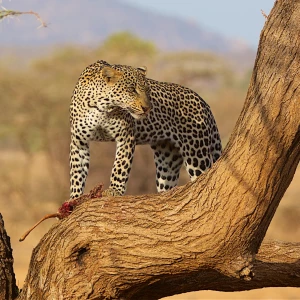

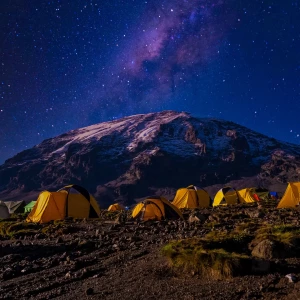

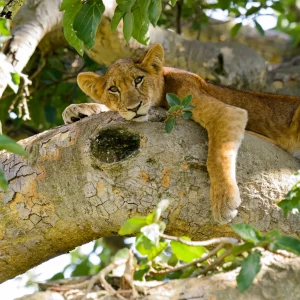

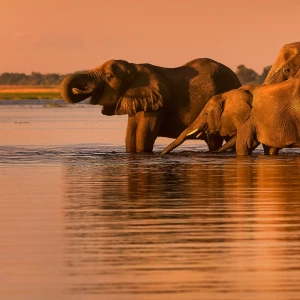



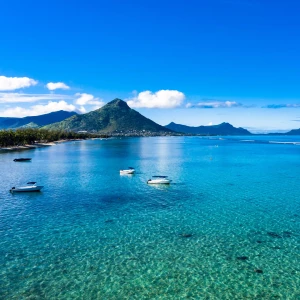

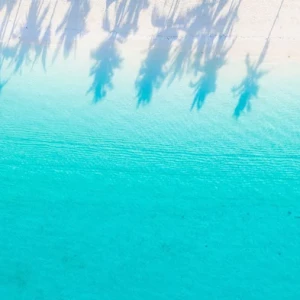



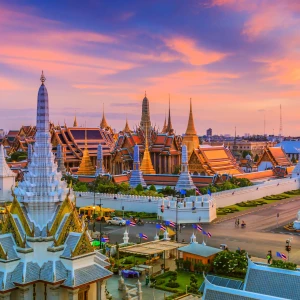

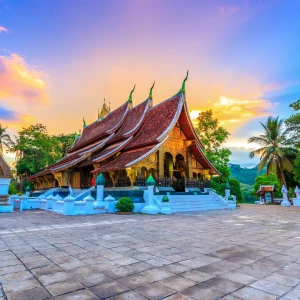

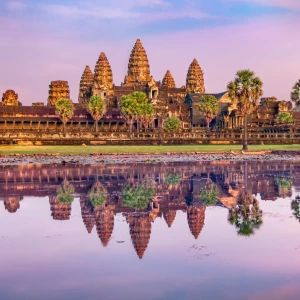

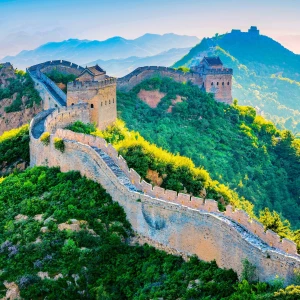

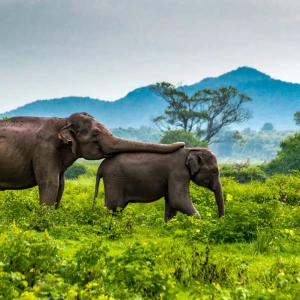

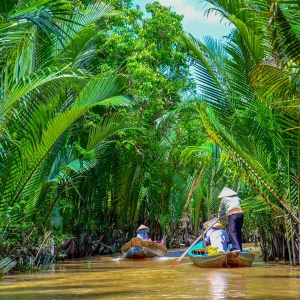

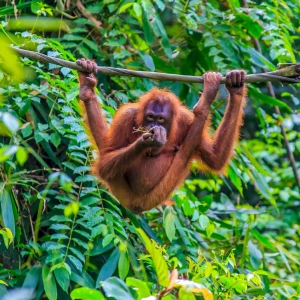



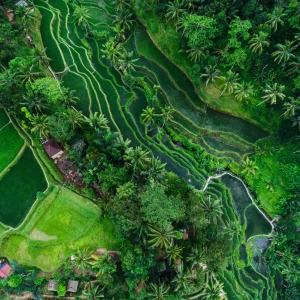

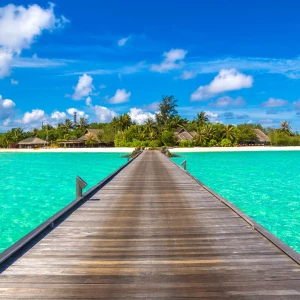



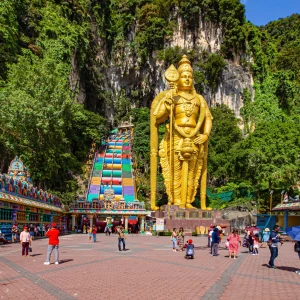

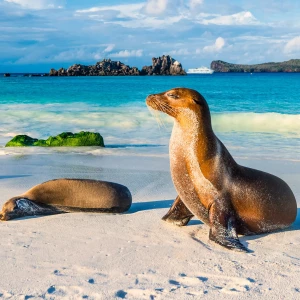

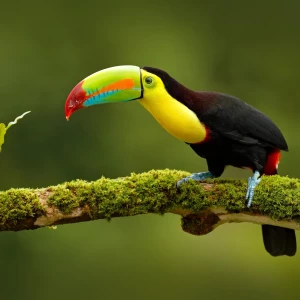

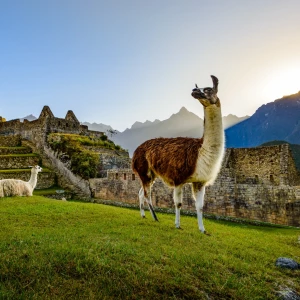

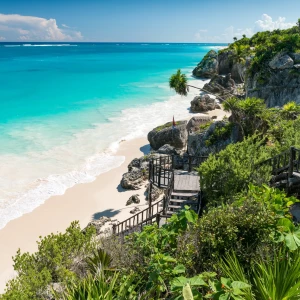

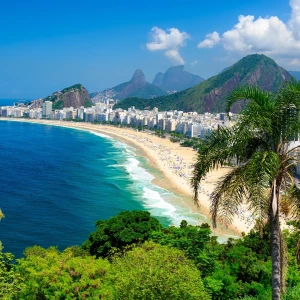

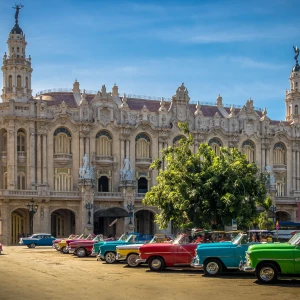

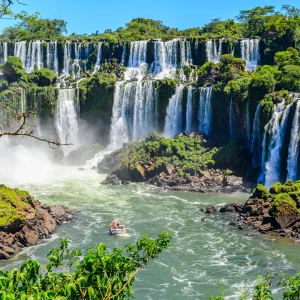

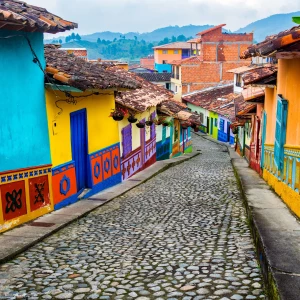

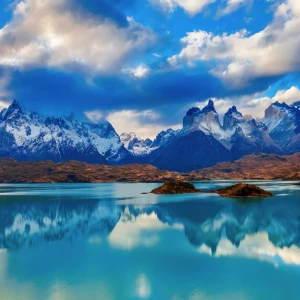

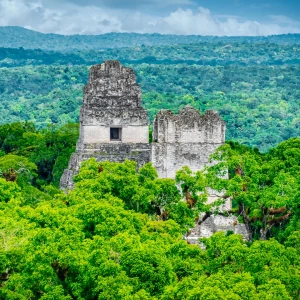

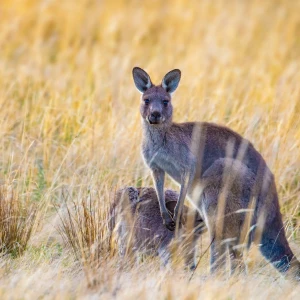

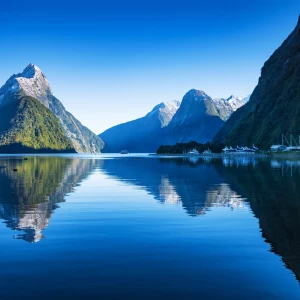

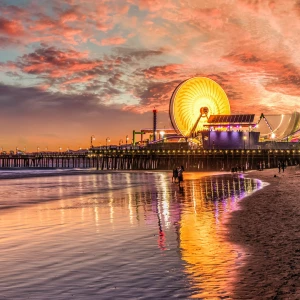

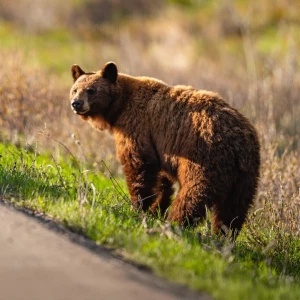


Catriona is passionate about helping other people fulfill their travel dreams, as she knows how much travel has only improved her life for the better!
We know your time is precious. That's why we strive to provide personalised, attentive service to ensure your comfort and safety throughout your tour. From the moment you book to the moment you return home, we’re here to handle every detail with the utmost care.
We offer a diverse array of destinations, each promising its own unique story, shaped by its local cultures, fascinating wildlife, and natural beauty.
We design every tour based on the extensive research and first-hand experiences of our travel specialists and experts. Each tour is crafted to showcase the best each country has to offer.
With us, you can rest assured; your journey is in safe hands. We are ATOL certified and a proud member of ABTA, maintaining rigorous standards of quality and service to ensure your complete peace of mind.